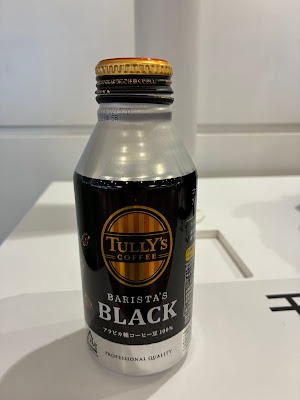I have been posting less frequently. Fear not: I am not going away. Nor is this blog.
Midlife Cycling began as a spinoff of my earlier blog, Transwoman Times, as I was coming out of convalescence from my gender-affirming surgery. At that time (2010) there were a lot of “girls on bikes” blogs. Some seemed to be little more than fashion shoots but others, thankfully offered genuine insights into a male-dominated activity in which I’d participated as a boy and man but would re-enter as a woman.
I took my cues from the latter category. It was interesting to relate how drivers, pedestrians and other cyclists sometimes treated me differently than they did, or would have, when I was in male drag. Also, while I could ride with most of the same equipment I previously used, I became aware of how poorly, for the most part, the bicycle industry addressed women’s specific needs and wants.
All of that kept me going for a while. But eventually this blog became, really, just another bike blog: I wrote about equipment, events and sometimes interesting stories about people. And I was posting nearly every day. I guess it became my graffiti: Like those bold strokes and colors I see painted on public spaces, this blog became a way of leaving a mark, as it were, of my presence in this world.
After my mother’s death—six years ago tomorrow—and the crash and “dooring” incidents I experienced within four months of 2020, my postings became somewhat less frequent. Perhaps that was a sign that I needed to focus as much on the first word of this blog’s title as I had on the second. That, I now realize, is where I would discover the real voice, as it were, of Midlife Cycling.
Now I realize that going to Japan last month has clarified this new vision. I wasn’t posting every day because I did a lot, including rides in very hot weather, and I was exhausted at the end of most days. But the trip was different from others I’ve taken because, well, Japan is different. It’s hard to imagine a more interesting juxtaposition between an ancient culture and modern technology that makes America seem like in the Late Bronze Age. And, although my perspective might be skewed, I couldn’t help but to feel that you don’t have to hide your age when you’re there. While a reverence for tradition can hinder the ability to see new perspectives, it also means that you’re not something to be pushed out of the way. Young people spend just as much time as American teenagers looking at their screens, but even on the busiest streets, they were polite, almost deferential.
Another way this trip was different was that I didn’t “disappear.” Nearly all of my travel and most of my cycling has been solo. In the days before cell phones, I might call a friend or family member once a week. And I would write letters or send post cards.
During more recent trips, however, I could make—and receive—calls. Cora was well aware of that.
She, the partner of my neighbor and riding buddy Sam, was my cat-sitter while I was away. Since Marlee underwent surgery just before I left, she knew that I felt a little guilty for not canceling my trip. Some of her calls were to reassure me that my feline housemate was doing well. But more than anything, she wanted to hear about Japan—and, as it turned out, simply to talk to me.
Calling, or being called by her, several times a day was a sign, I now realize, that I was not on a footloose wandering of my youth. Rather, sharing my trip with someone about my age who wasn’t a family member really made my trip to Japan a midlife journey.
Perhaps that will be the new focus of this blog. Yes, I will continue to write about bicycles and bicycling—but as they are that midlife journey.
P.S. I can’t help but to notice that this blog has been getting more views since I stopped posting daily. In fact, there have been more views in the nearly three months since this blog’s 15th anniversary (2 June) than in its first four years online!




















